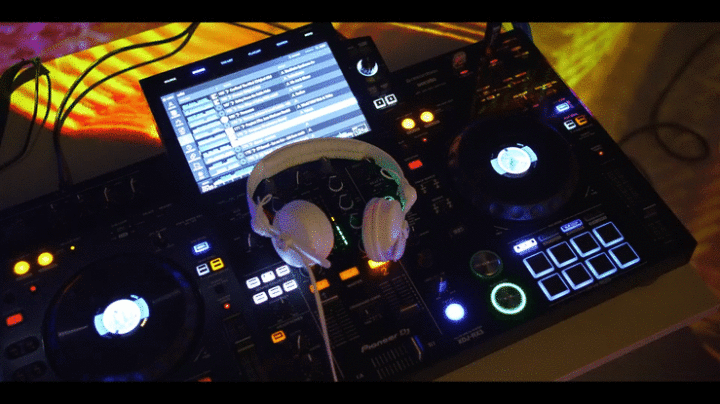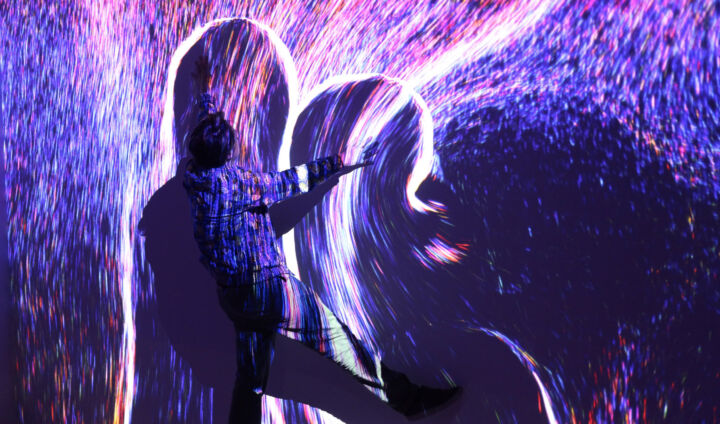SUPERSPACES
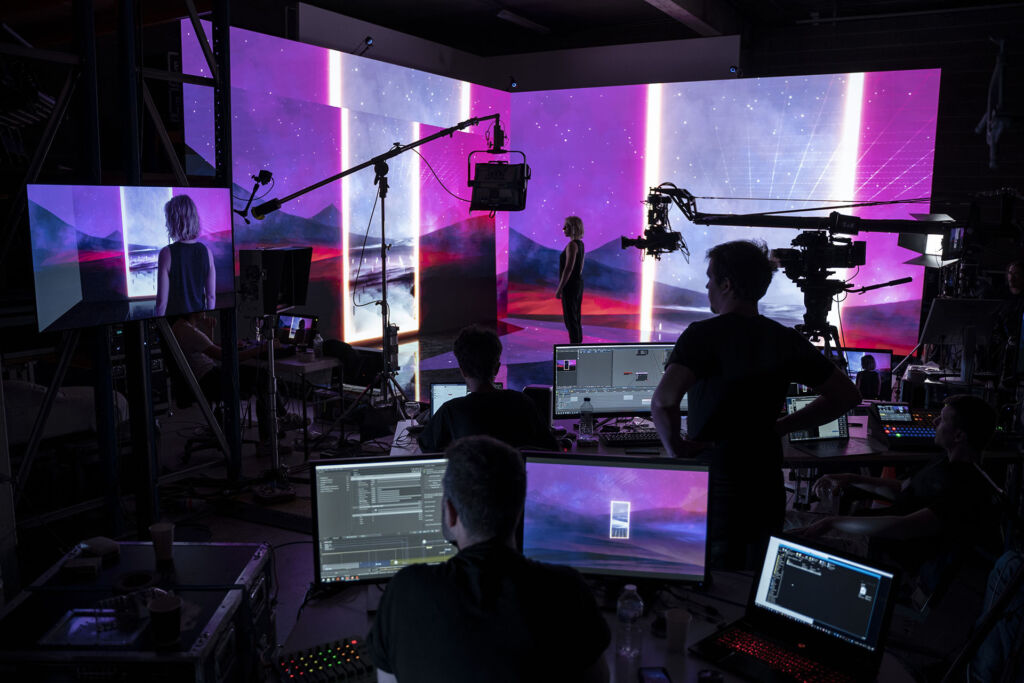
By Tom Scalabre, CO-OWNER / CREATIVE DIRECTOR at SUPERBIEN
Event digitization and virtualization is a hot topic right now. Although this is an opportunity to push the limits of creativity further, there’s no escaping the somewhat reductive prism through which we will be living these experiences: THE SCREEN.
And it’s to this well of light and information, this window open to the world — or worlds — that I want, first, to focus our attention: we need to pause and acknowledge that our field of vision and appreciation of an event will be wildly reduced if we do not use the screen to its full potential.
Screens have a magical power to transport us anywhere we want, whenever we want, all a mere click away. It might sound fantastic on paper, yet the problem with instant on-demand availability is that it removes the sense of living something exceptional that makes an experience memorable. Feeling special and connecting with an environment or a situation, experiencing the unique even as thousands of others experience the same thing at the same time.
Because sharing, truly sharing, in the sense of sharing a meal with another person as opposed to snapping and sharing a photo of that same meal, rouses feelings that trigger great emotional response.
And empathy. In these uncertain times, this might be what we need the most. So, yes, I believe in the power of live events and moments of shared emotions. But all this has to be inclusive. The new ways in which we are living, imposed by health and economic considerations, give us a responsibility: our experiences must reach the greatest possible audience, regardless of how they live.
For me, the topic can be summed up in one question, which has become almost an obsession: how do we create collective moments of shared emotions by harnessing the power of digital capacities while casting off the physical limitations of the screen?
By extending our field of vision and connecting the two worlds.
We are all finding our way through the conflict between the digital and the physical, one a false reflection, the other what is ‘true’, reality. This distinction was smashed into a million pieces when the global crisis we are living through hit. Work-life and social interactions are no longer defined by place. Has this changed the way we travel? See one another? Connect with one another? Are our senses themselves being digitized?
This new reality, unfettered by any boundaries between the two worlds, continues to divert our attention to where it always should be: our need for connection, our need for socializing, our need for shared emotion.
What shared emotion can throw off these boundaries just at the time when other very physical boundaries are re-emerging? What new bridges can we envisage or invent?
I believe that: The digital and the physical are not two distinct spaces. Together they combine to form a new extended space, with two driving forces that power one another. By understanding this new reality, we can create new connections and new shared emotions.
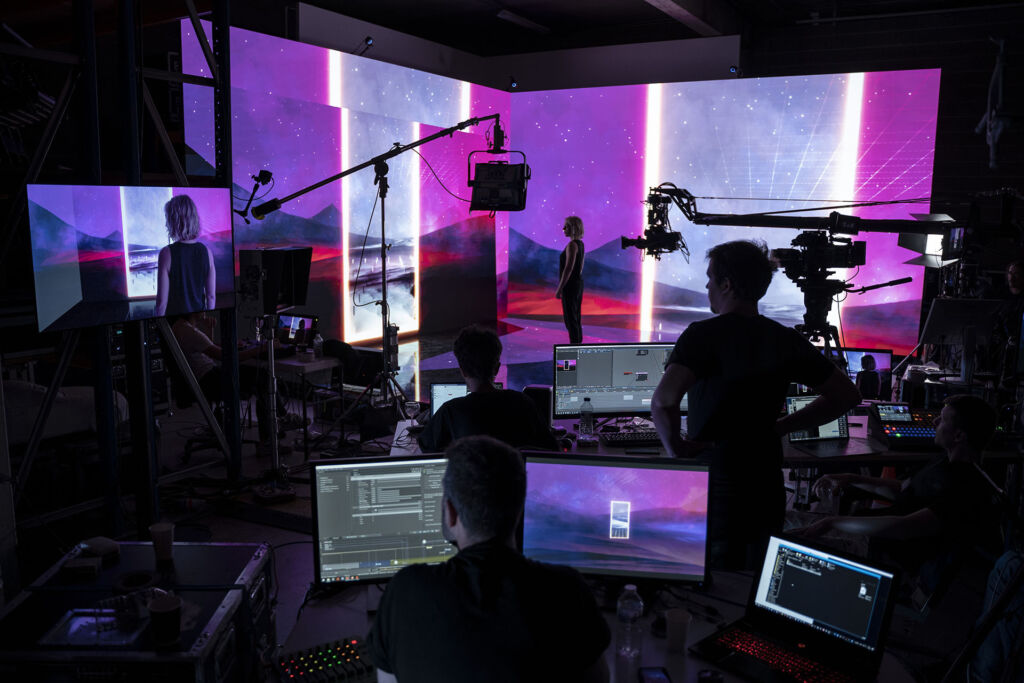
Like all of us, I want to see a return to physical events. But differently, this time. In a way that is extended and probably fragmented but, more importantly, more intimate, too. In the future, digital won’t be just an add-on, but rather a complete extension of the physical. And this new reality will allow us to establish a real and instant connection between physical and digital audiences, immersed in one and the same environment but accessed via different means.
This desire is as old as the screen itself. Who hasn’t dreamed of waving one’s golden ticket to step into another world? Last Action Hero or Ready Player One, 25 years apart and the fantasy is still the same. Connecting worlds and moving from one to the other, while bringing one’s own personal experiences and knowledge along for the ride. Video gaming has also led the way. The realistic rendering of scenery and interaction has reached an incredible level today, to the extent that the boundary between both worlds has faded to a speck on the horizon. Yet the boundary is still there. Because each player, even if they are playing with others in the same room, can only enter the fantasy realm through their own screen. What if this portal were shared? And what if every player shared the same point of view? If their actions were physically coordinated in the real world?
Shared physical spaces serve as portals into a real world, extended out to the digital realm. This is the direction in which SUPERBIEN’s experiential design is headed.
We want to reimagine the event not as an exclusive, roped-off space, but an extended location connected to other worlds by digital bridges, and shared by audiences experiencing the moment as much physically than alone in front of a screen.
The freedom to choose one’s point of entry, one’s portal, the way in which you access these worlds, is deeply characteristic of the young generations. Today, we have the means to converge audiences in worlds they can share, fusing dream, and reality. Entire worlds made for entertainment, education or amazement, and forged by brands, institutions, or artists.
At the studio, we take a special approach to thinking ‘outside the box’.
For us, it’s a case of designing ‘outside the screen’. This means we disrupt formats, play with and mix up the screen with sets and staging, to get rid of boundaries altogether. Through video-mapping, we made huge strides in this direction by transforming physical space into a digital canvas. And it’s with this same resolve and enthusiasm that we want to address the paradigm shift in the event and experience design industry, stepping outside the confines of the screen before expanding it across the same physical-digital space. To create a journey from a physical space to a visual space right through to the spectator’s mind space.
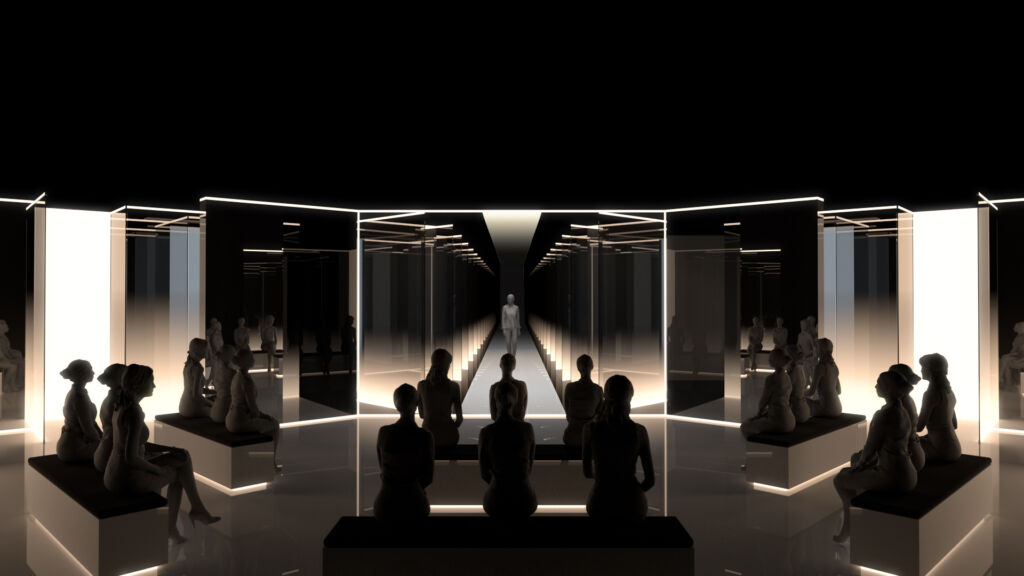
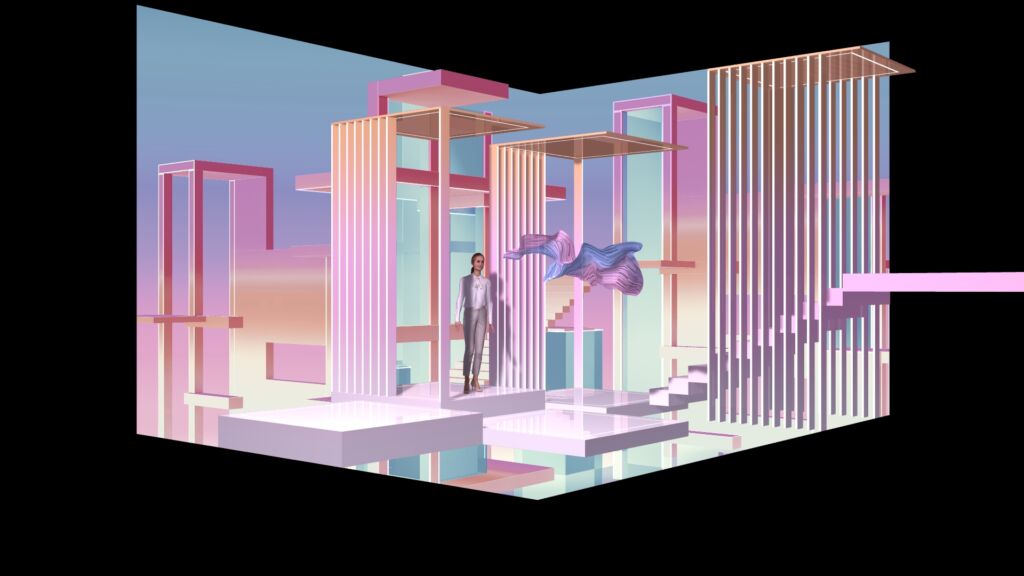
To do so, we need to integrate a new image culture that will embody the space between these two worlds, at the crossroads of what we think and what we feel. We need to keep the reassuring touchstones of reality and let the imagination transport us. These images will no longer be limited to passive representations of the known world. They are to be explored, like a new continent, a new planet, a new dimension. Our adventuring instincts are in our DNA and the new generations are no exception. Young people today are hungry for a quest – nothing brand-new, yet updated to reflect current trends. Not a journey to infinity and beyond, but an inner voyage, a journey for the mind, with the ultimate desire being to control one’s own dreams. A trip that is environmentally-friendly, way more fuel-efficient, and quite possibly unlimited.
Defining this quest is the ultimate challenge facing the experiential industry. And the key to this challenge is underpinned by a question that might seem simple, but is absolutely fundamental: what do we dream of? This is the first question I ask when I receive a client brief. And today, when health issues, social inclusion, and civil projects are central to our lives, hopefully prompting us to truly reassess our lives and question our way of doing things, this question holds all the more weight, for individuals and brands alike. Brands have the power, and possibly even a duty, to influence how society evolves. They need to shift from a reason for being to a reason for action.
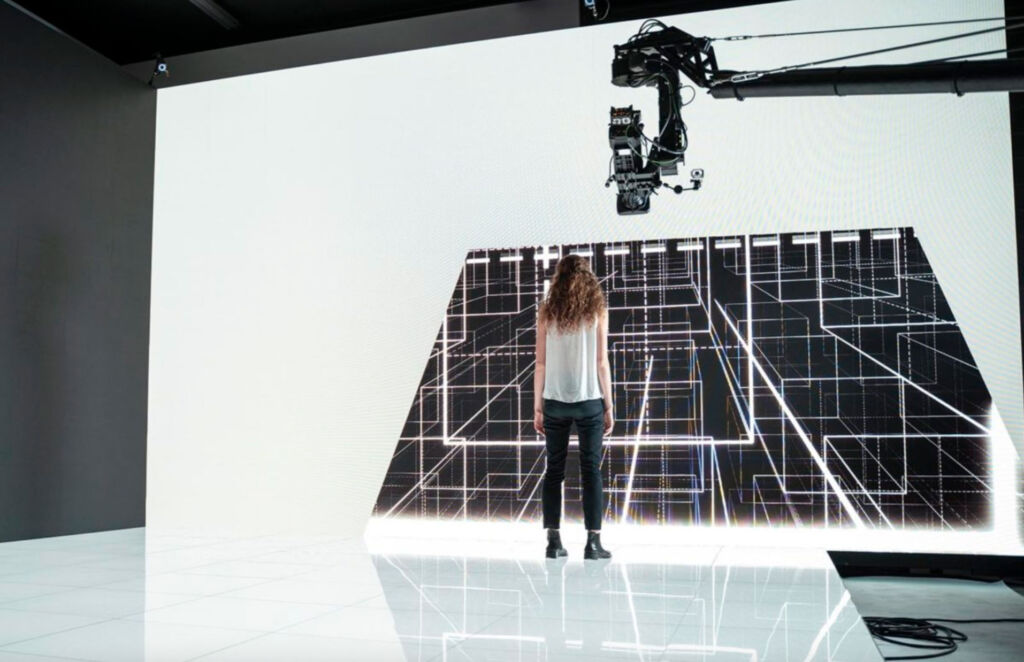
Personally, my dream is to work in an industry that drastically reduces the number of experiences it offers but significantly raises the quality: more inclusive and immersive experiences, to send people on epic shared inner journeys brimming with meaning and positive messages.
At Superbien, we believe there are three pillars to support the dream experiences we wish to create:
1. OPEN UP THE SPACE
An event is no longer limited by space. Now is the time to design multiplex sets.
Physical locations are digitally enhanced and connected to digital spaces thereby amplifying participation and interaction.
2. EXTEND TIME
We must create live moments of sharing and interaction between the physical and digital worlds.
These moments of interaction can no longer be focused on a single point in time but should extend over time, converging at specific moments.
3. CONVERGE THE AUDIENCES
The experience is multi-entry. Experience it IRL, via one’s device, interaction optional, in sync with one’s location, time zone, etc.
Yet we plan to make the interaction between all the participants and the content streams more seamless, instant, and enhanced.
In conclusion, I’d like to come back to the cornerstone of these pillars, which is the screen and our relationship with it. As experience designers, it is up to us to ensure they transport rather than confine us, connect us rather than separate us, nurture and fulfill our creativity, and above all being the door to enter a new space.
A space that exists beyond and between screens, where physical and digital merge. We like to call it SuperSpace. Welcome.
TOM SCALABRE, CO-OWNER / CREATIVE DIRECTOR at SUPERBIEN
